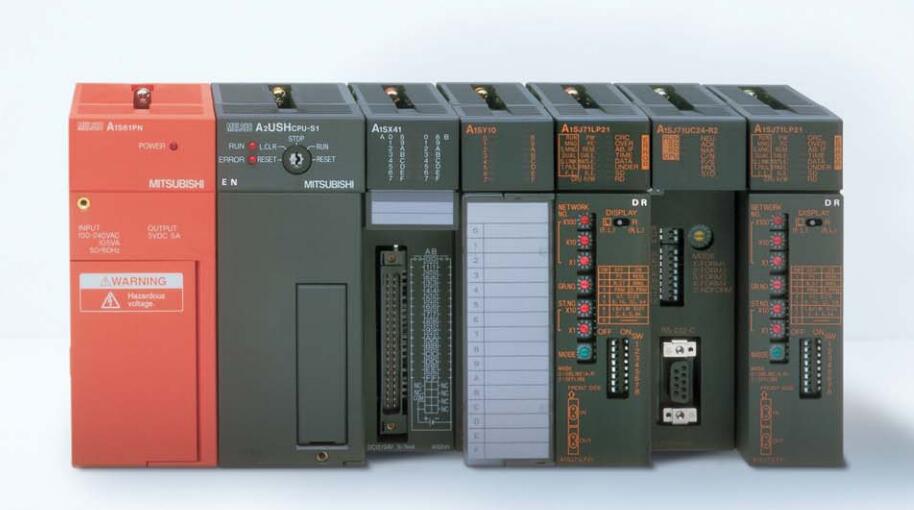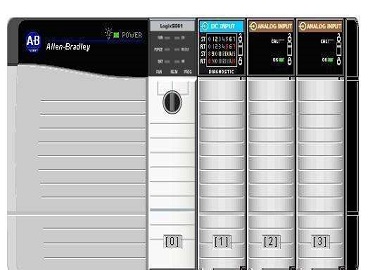

- MITSUBISHI PLC SERIAL COMMUNICATION PROTOCOL MANUAL
- MITSUBISHI PLC SERIAL COMMUNICATION PROTOCOL SERIES
Negative of the number of 16-bit registers to write to the RMC. Validate with the CCD instruction.ĭxx00 Length. Will match the request's address.ĭyy02+N Checksum. Will match the request's length.ĭyy01 Address. Notice that the CCD function will also modify Dxx03.ĭyy00 Length.

The CCD function calculates both a checksum and a parity check only the checksum is used. The length, address, and any data is included in the checksum. The checksum is calculated using the PLC's CCD function. See RMC Register Map (PROFIBUS-DP) for the addresses of all RMC registers.ĭxx02 Checksum. Gives the address of the first register to read from the RMC. This number will be positive, as differentiated from the Write Data request, which uses the negative of the length.ĭxx01 Address. Gives the number of 16-bit registers to read from the RMC. Send buffer locations will be referred to as Dxx00 to Dxx99, where xx are two digits, and receive buffer locations will be referred to as Dyy00 to Dyy99, where yy are two digits.ĭxx00 Length. Each is composed of 16-bit fields, with each being sent low-byte first by the Mitsubishi. The Mitsubishi-RMC Protocol defines the following three request/response packets. The checksum in the response can then be checked using the CCD function again. At this time the RMC should have returned its response as shown above. When both have occurred, bit M8123 will be set. At this point, the RS function will send data and wait to receive the requested number of bytes from the RMC. The buffer address should never change from one transfer to the next but the length will change.Īfter the out going message is constructed it is sent using a RS function. The RS function should be used to used as set the buffer addresses and the length of each transfer. The parity check result of the CCD function is the second word and is not used. This allows for data transfers of up to 96 words of data with a header consisting of a length and RMC address, and a trailing checksum using the CCD instruction that actually generates two words. Ĭommunicating with the RMC from the Mitsubishi PLC requires two buffers in the PLC: one for sending data and one for receiving data. In addition M8161 should be set as follows to select 16-bit data:ĭ8120 can be broken down into the following options:īaud Rate (bps): 19,200 (b4-b7 = 1, 0, 0, 1)īits 13 and 15 are reserved for No Protocol, and must be zero (0).Ī demo program NOPROTO should be used as a starting point for any Mitsubishi FX program using a RMC. Assuming the maximum baud rate of 19,200 and even parity are used, then the following value must be used to communicate with an RMC: The Mitsubishi PLCs use D8120 to control its communication format. Use the Serial Module Options dialog box as described in Configuring the RMC SERIAL to select the following options for the RMC SERIAL: However, the values used give the fastest possible baud rate and highest level of error detection. All of the settings below must be set as indicated, except the baud rate and parity, which can be changed as long as both the RMC and PLC use the same values. However, it is recommended that large blocks of data be broken down into smaller packets when the RMC is active, because the RS function only allows one transfer to be in progress at a time, and thus the status information will not be transferred until other transfers are complete.īoth the RMC and the Mitsubishi are very flexible and provide many options for configuring the serial ports. Up to 96 registers can be transferred with just one RS function. The Mitsubishi-RMC Protocol allows the Mitsubishi PLC to read and write binary data from an RMC over RS-232 or RS-485.
MITSUBISHI PLC SERIAL COMMUNICATION PROTOCOL MANUAL
The No Protocol and the RS function are described in Mitsubishi’s FX Communication (RS-232C, RS-485) User’s Manual (manual number JY992D69901). Mitsubishi's No Protocol is implemented using the PLC's RS function. The interpretation of this data for communication with an RMC will be called the Mitsubishi-RMC Protocol. The one that matches the needs of the RMC is called "No Protocol." This name implies that the meaning of the data sent via this protocol is not predefined. The Mitsubishi FX controllers support five types of serial communication.
MITSUBISHI PLC SERIAL COMMUNICATION PROTOCOL SERIES
For details on a serial protocol for Q series controllers, see the Using the Mitsubishi Bidirectional Protocol with the RMC SERIAL topic. This protocol is for serial communication with Mitsubishi FX controllers. Modules with firmware dating prior to this do not support this protocol. Note: This Mitsubishi protocol was added to the RMC SERIAL module in 20010802 firmware. Using the Mitsubishi No Protocol with the RMC SERIAL Using the Mitsubishi No Protocol with the RMC SERIAL


 0 kommentar(er)
0 kommentar(er)
